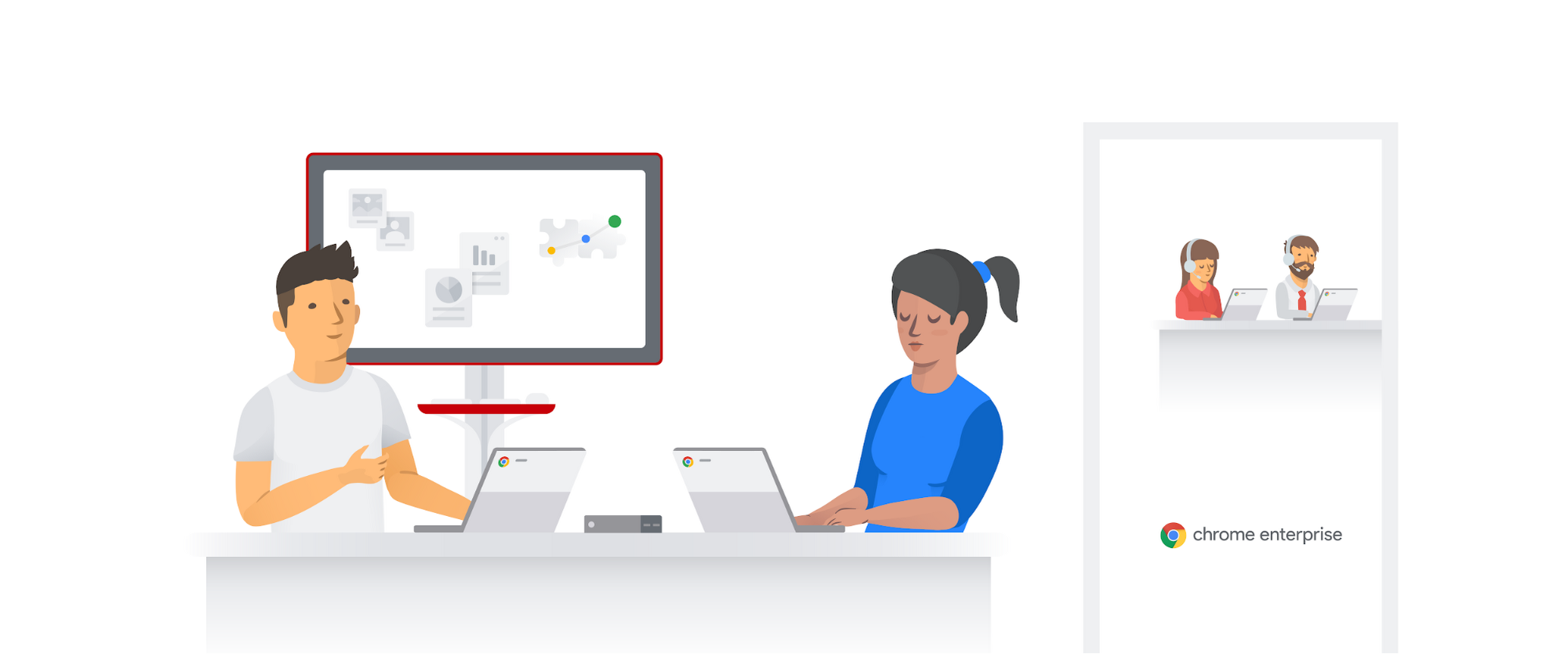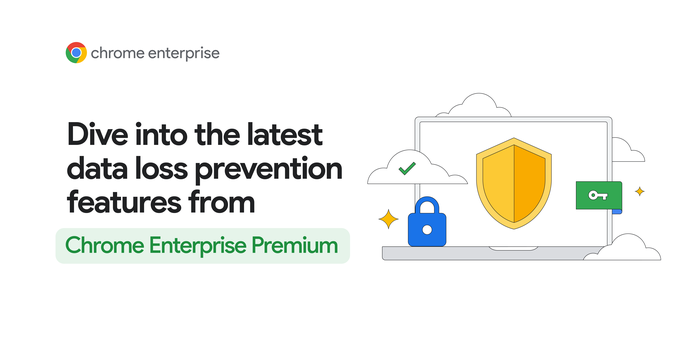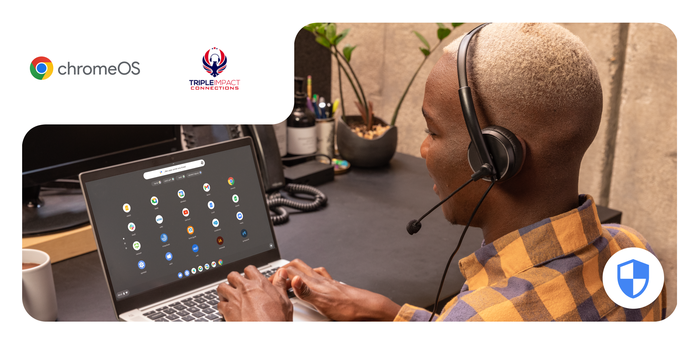Mercado Libre chooses G Suite, Chrome Enterprise, and CloudReady for growing contact center teams

Nicolas Fernandez
Mercado Libre
Diego Silva
Mercado Libre
Editor’s note: Today’s post is by Diego Silva, Technology Supervisor, and Nicolas Fernandez, DevOps Engineer at Mercado Libre, Latin America's most popular e-commerce site. About 38 million people have bought products from Mercado Libre’s 19 million sellers. The company uses CloudReady by Neverware, which is based on Google’s Chromium OS, to improve worker productivity and help teams across 18 countries work better together.
At Mercado Libre (NASDAQ: MELI) we aim to democratize commerce, money, and payments in Latin America. Our entrepreneurial culture inspires us to take risks, execute with excellence, and capture new opportunities. Because the company is growing so quickly, we have to always look ahead at new ways to work together, especially with contact center teams in 18 countries in Latin America. That’s why we chose CloudReady, which is based on Google’s Chromium OS, the same open-source architecture as Chrome OS. Neverware's CloudReady software lets us run Mercado Libre’s contact centers from anywhere our workers happen to be.
The 3,000 people on our phone, email, and chat contact center teams, based in Argentina, Brazil, Colombia, and Uruguay, are very important to Mercado Libre: They are the people on the front lines who have direct contact with our customers. The teams need computers that are reliable and always ready, so people stay productive during their six-hour shifts. With our old PCs in the contact centers, our IT team members felt like they were always a few steps behind workers in providing good service. It could take several weeks to replace old aging computers or install servers and storage that would support our growth.
It wasn’t just maintenance holding back our growth: We were also dependent on hardware and networks. We thought there was an opportunity to minimize the boot time of our devices. The previous PCs could take five minutes or more to boot up. In a six-hour shift, multiplied by 3,000 people, we could lose 250 hours of productive time every shift. Since we had no way to quickly move employees out of offices, a power outage or transit strike could stop everyone from answering customer questions.
Rolling out G Suite was the first step in becoming a more cloud-based company. The next step was adding CloudReady to our existing contact center laptops and desktops to avoid having to buy all-new devices. Neverware was an incredible partner. We couldn't believe how fast we were able to migrate over to Chromium OS. The Neverware team sent us an image, and we were able to program the devices in groups of 10 in just 15 minutes at a time.
G Suite made it possible for contact center workers to do their jobs from anywhere. With CloudReady and Chrome Browser on every contact center computer, we were no longer tied down to specific devices and offices. If there’s a technical issue with the Mercado Libre website and we need to talk to everyone at 4am, we can do that over chat or meet face to face using Hangouts Meet. Everyone works in Google Drive, so no matter where workers are or what’s happening outside the office, we can still access the files we need to keep working. It also opens up opportunities for work to continue during times that used to be considered unproductive, like commuting.
The new flexibility for contact center workers is also reducing our IT workload. Since we all work in Drive, we don’t have to buy and manage storage systems, and we don’t have to deal with support tickets about lost files. We used to have one operational support person for every 150 contact-center workers; now it’s one person for every 300 workers. Once we used the admin console to set up policies for languages and Chrome extensions, we didn’t need to do much else.
Between saving 250 hours of device bootup time per shift, re-assigning operational support staff, and reducing support tickets—and based on the amount of tickets solved per hour—we estimate contact-center productivity has improved by 25 percent. Using Hangouts Meet hardware throughout the company helped us cut back on expensive video conferencing systems and even standard phones, which used to be required equipment. When we open new offices, we no longer buy IP phones. All 7,500 Mercado Libre employees used to have phones on their desks; now less than a quarter do.
Even after making so many changes to our business, we want to try new technology and get the most out of it. Our contact-center team leaders are trialing Chromebooks right now—we like the versatility of a device that people can share. In the next few months, we’ll have about 15 Jamboards in various offices, which we’re testing out in meeting rooms. We think people will like the ability to draw while they’re brainstorming on the interactive whiteboards, share the drawings with people in other offices in real time, and save their work to Drive.
The CloudReady tools we added are user-friendly and so simple to set up. We’re always evolving and always growing at Mercado Libre, and Google Cloud keeps up with us.



